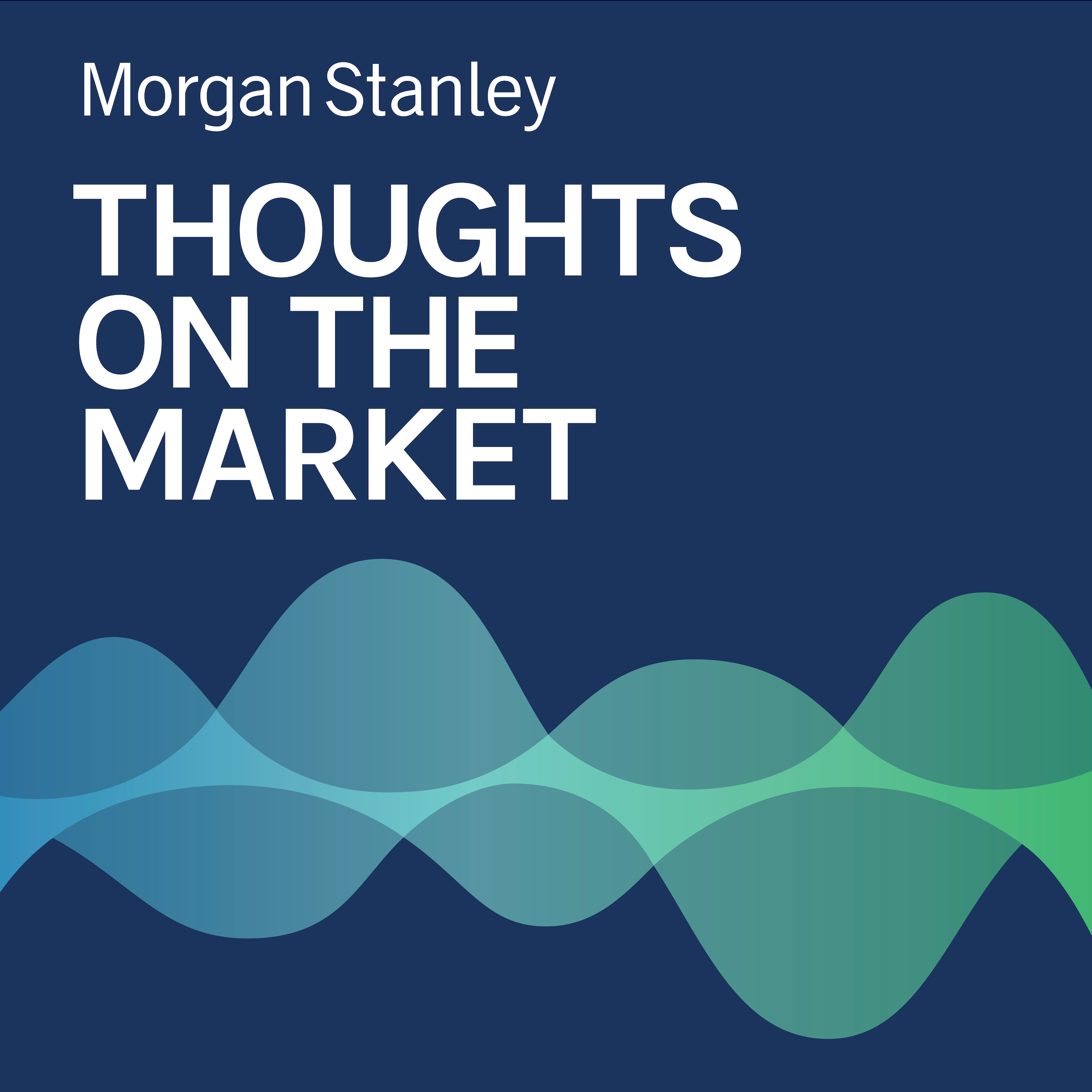Midyear US Economic Outlook: Continued Resilience

b"
Why is the US economy poised for a strong second half of the year, despite slowing GDP growth? Our Chief US Economist points to population growth, housing demand and anticipated Fed rate cuts.
----- Transcript -----
Ellen Zentner: Welcome to Thoughts on the Market. I'm Ellen Zentner, Morgan Stanley's Chief US Economist. Along with my colleagues bringing you a variety of perspectives, today I'll discuss our mid-year outlook for the US economy.
As we near the midpoint of this year, we refresh our outlook for the second half of the year. In our base case, the US economy remains strong, but US GDP growth is slowing, and slowing from 3.1 percent on a fourth quarter over fourth quarter basis last year, to 2.1 percent this year and in 2025.
Okay, so what's behind the continued strength? Well, it's something we've been intensely following this year. Faster immigration and population growth will continue to expand the labor supply and support economic activity, and all without increasing inflationary pressures. So, whereas the mid-pandemic labor market was characterized by persistent shortage of labor, the supply of labor is now increasing, and we think will outstrip demand this year.
This will drive the unemployment rate higher, which we expect will end this year half a point above 2023 at 4.2 per cent and rise further to 4.5 per cent in 2025. And wage gains should moderate further as the unemployment rate rises. We think consumer activity will continue to slow this year and into 2025 as that cooling labor market weighs on growth in real disposable income and elevated interest rates keep borrowing costs high.
Tight lending standards also limit credit availability. That said, we do think lower rates are on the horizon, and this should spur a pickup in housing demand and goods spending around the middle of next year. In fact, after substantial reflation numbers in the first quarter of 2024, we expect lower inflation numbers ahead. We've already seen that in the April data, as rents, goods, and services prices decelerate.
The Fed has held the policy rate steady at a range of 5.25 to 5.5 per cent since July 2023, and we expect it will deliver the first quarter point cut in September this year. In total, we expect three quarter point cuts this year, and four more by the middle of next year, which lowers the policy rate to around 4.5 per cent in the fourth quarter this year to about 3.5 per cent in the fourth quarter of 2025. But even before rate cuts, the Fed has announced it will start phasing out Quantitative Tightening, or QT, in June. We expect QT to end around March 2025, when the Fed's balance sheet is a little above 3 trillion.
Finally, let's talk about housing. We expect continued growth in residential investment through 2025, with a rapid rise in housing starts, solid new home sales, and a bit more turnover in existing home sales as mortgage rates fall. Home building and increased brokerage commissions should keep residential investment on the boil, posting a 4.6 per cent rise on a 4th quarter over 4th quarter basis this year and 3.2 per cent in 2025. Our residential investment forecasts are a good deal stronger than we expected in the year ahead outlook we published last November. Booming first quarter growth probably reflected a combination of the warm winter and the temporary downswing in mortgage rates. We don't expect the same outperformance later in the year. But at the same time, housing demand is greater than we had anticipated amid that faster population growth.
Thanks for listening. If you enjoy the show, please leave us a review wherever you listen and share Thoughts on the Market with a friend or colleague today.
"